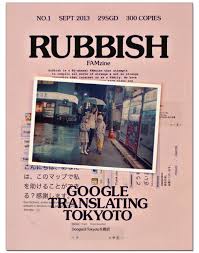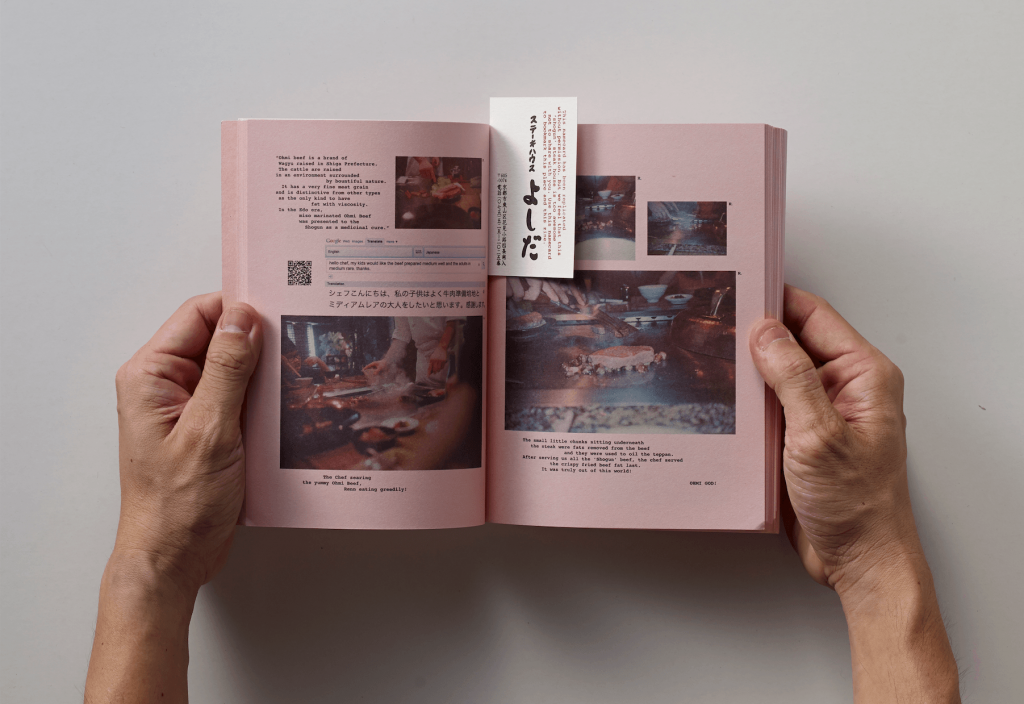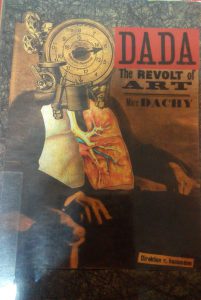These are some of the interesting layouts for zines that caught my eye or had in a way inspired me.
1) Here is zine, here is Hong Kong (http://www.pmq.org.hk/event/here-is-zine-here-is-hong-kong/)
The 3D effect and the sense of texture are both common in these 2 layouts. In “High Rise Residense”, an aerial image of the landscape and concrete buildings form the background of the layout, depicting the sense of “density” in the city. Instead of using solid colour backgrounds, the image used draws the viewer into the space. With small pop outs on the right, the 3D effect gave a more interesting furnish to the space depicted. I like the idea of using a textural image as my background and perhaps I will use it in my zine development.
2) Rubbish Famzine by Holycrap SG
Holycrap, Famzine, is an art collective of the Lim family, made up of dad Pann, mom Claire, daughter Aira, and son Renn. I feel that there is a nice hierarchy in the size of the images which creates a flow for the reader in terms of focus and importance. (Dominant/ Sub-Dominant/Subordinate sizes) Since this is a famzine which contains family and lifestyle related content, the colour used was warm and successful in conveying the homey feel which is evoked in the reader. It is also rather visual heavy since the text used were small and minimal. I think this is also an aspect I will try to incorporate into my zine.
3) Iceberg
The 5th, 6th and 7th images caught my attention. The idea of multiple small rectangular texts is actually appealing with one dominant image at the bottom (5th). One extremely dominant image that spans across 1.5 pages is also quite appealing, if the image itself speaks louder to the audience. In this case, the bigger image allows more details to be scrutinised, making the zine more interesting (6th). However, being image heavy in the previous pages may cause the reader to be overly focused on the images itself. The 7th page then brings the reader back to the focal point where large texts are spanned across both pages with lower opacity/ faded images forming the background. It gives a sense of depth to the zine while not drawing attention away from the text.
4)
I feel that the bold colours used are very attention catching due to the high contrast. The sense of variety of (contrast and colours) is important in maintaining the interest of the reader. Geometric patterns and lines are also used to allow the page to have a sense of structured depth. The use of a cut out hole in the flap is also appealing. It makes the reader more curious to flip and know what is behind the flap. The layered pages further emphasized the sense of depth, making it intriguing. Contrary to the norm where the title/ focus of the page is on a single page, the focus of the page (title) is spanned across the 2 pages with wide gaps between each letter. It feels as if the letters could breathe and it makes the reader look across the 2 pages quickly to form a general idea of the content before going into the details.
5)
The design and placement of the images do not conform to the norm and it feels refreshing to read the zine. Having edges cut off and forming irregular shapes is interesting. Despite that, the layout did not give of a messy feel, it looks clean and sharp. The rectangular boxes also look contained and neat.








